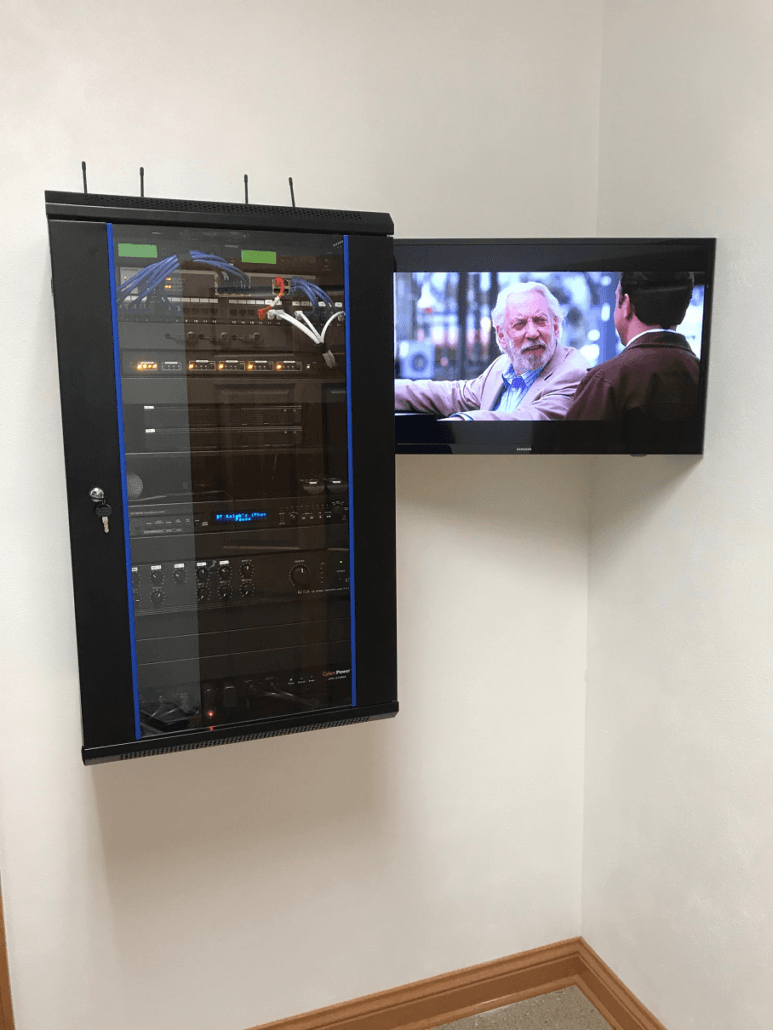Harmonizing Legacy Platforms with Cutting-Edge Sound Networking Solutions to achieve Enhanced Efficiency and Flexibility.
Harmonizing Legacy Platforms with Cutting-Edge Sound Networking Solutions to achieve Enhanced Efficiency and Flexibility.
Blog Article
Within today's fast-paced world of sound technologies, the need to improve efficiency and flexibility in audio solutions is more important than ever before. Numerous organizations and venues still rely on legacy technologies, which are antiquated solutions that may fail to have the capabilities of modern equipment. Nevertheless, harmonizing these outdated technologies with cutting-edge audio communication technologies can lead to significant improvements. Sound networking enables for better communication between equipment, allowing it easier to manage and manage sound across various spaces.
A of the key advantages of integrating outdated systems with modern sound networking is enhanced flexibility. Conventional sound systems often require complex cabling and limited pathway options. With sound networking solutions like Dante or AVB, audio signals can be transmitted over standard Ethernet connections. This means that operators can easily connect various units without the need for extensive reconfiguration. Whether within a concert hall, a educational theater, or a corporate event, this adaptability enables for quick modifications and modifications to the audio configuration without significant delays.
Performance is another significant factor that enhances when outdated technologies are upgraded with current communication technologies. Legacy technologies may struggle to provide superior audio, particularly in larger venues or during challenging events. By adopting sound networking, entities can leverage of advanced features such as minimal latency, synchronization, and electronic data management. These improvements help guarantee that sound is clear and consistent, improving the complete experience for audiences and artists together. This transition can make a marked difference in how audio is perceived in different settings.
Moreover, harmonizing outdated browse around here technologies with contemporary technologies can lead to financial benefits in the long term. Although upgrading to new devices may require an initial cost, the efficiency gained through audio communication can lower maintenance costs and decrease the requirement for ongoing repairs. Additionally, connected systems often require fewer tangible space than traditional installations, which can reduce on property costs in venues. Entities can distribute resources more effectively, utilizing the money they retain to allocate resources in additional important areas.
Finally, educating staff on how to operate integrated systems becomes easier with sound networking. Many contemporary sound networking platforms come with intuitive controls and remote control features. This means that even those who may lack significant technical expertise can be trained to manage and control the audio systems efficiently. Training programs can be designed focused on these technologies, empowering personnel to maintain and troubleshoot technologies with confidence. By combining the legacy with the new, entities can create a more competent and knowledgeable workforce, ultimately leading to better sound outcomes for everyone involved.